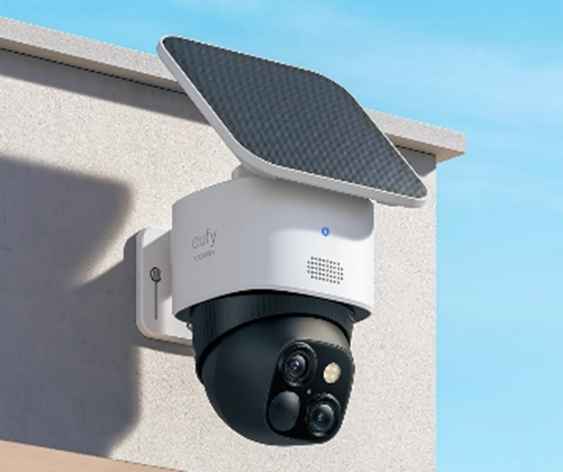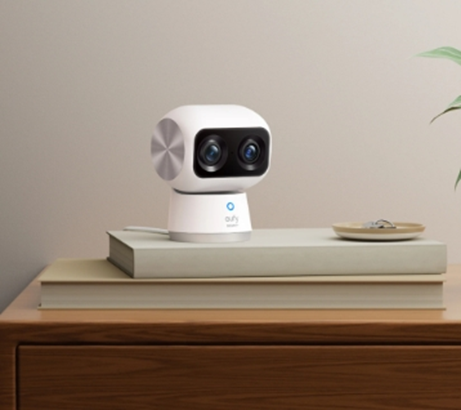Security cameras provide peace of mind, but what happens when the devices meant to protect you become tools for intruders? Many homeowners don’t realize their cameras could be compromised until it’s too late. Recognizing the warning signs early can prevent serious privacy violations. In this article, we’ll walk through the telltale signs of a hacked camera and provide actionable steps to secure your devices.

1. Unusual Camera Behavior
One of the most obvious indicators of a compromised security camera is strange behavior that you didn’t initiate. If your PTZ (Pan-Tilt-Zoom) camera starts moving on its own, changing angles without your input, this is a major red flag. Hackers often test their control by adjusting camera positions to survey different areas of your home. You might notice the camera focusing on specific spots like your desk, safe, or bedroom when you didn’t program these movements. Other suspicious behaviors include infrared lights turning on unexpectedly at night or the camera activating its microphone when it shouldn’t. Some hacked cameras may reboot repeatedly as the attacker tries to install malicious software. The lens might make unusual mechanical noises if someone is remotely manipulating its focus.
2. Network & Performance Red Flags
Your home network can reveal signs of camera hacking before you notice anything wrong with the device itself. A sudden slowdown in your internet speed could indicate someone is streaming footage from your camera without your knowledge. Check your router’s connected devices list for unknown IP addresses accessing your network – hackers often use these to maintain persistent access. Some sophisticated attackers will create a duplicate admin account on your camera’s interface, which may appear in your device management panel. If your camera’s app consumes unusually high data or battery life when running in the background, this suggests it might be transmitting data to unauthorized parties.
3. Footage & Account Anomalies
Reviewing your camera’s recorded footage and account activity can uncover evidence of hacking. Look for gaps in recording where events should have been captured but weren’t – a possible sign someone deleted incriminating footage. Check for login attempts from unfamiliar locations or devices in your camera’s account history. Some hackers leave traces like changed settings, new user accounts you didn’t create, or altered recording schedules. If your cloud storage fills up unexpectedly fast, it might indicate someone else is accessing and downloading your videos. With the PTZ camera, examine whether preset positions have been modified or if the patrol patterns don’t match your configurations. Be suspicious if motion detection zones change without your input or if the camera starts recording at times you didn’t schedule.

4. How to Confirm a Hack
Before panicking, it’s important to methodically confirm whether your camera is truly compromised. Start by checking the camera’s firmware version against the manufacturer’s latest release – outdated software is the most common entry point for hackers. Use network scanning tools to identify all devices connected to your home network and verify each one. Many routers have built-in traffic monitors that show which devices are transmitting data and how much. Create a controlled test by placing an object in view, then check if the recorded footage matches what should be there. Some security researchers recommend setting up a secondary camera to monitor your primary one as a detection method. Check whether your camera responds to commands when it should be offline – a clear sign of remote access.
5. Immediate Action Plan
If you confirm or strongly suspect a hack, act immediately to secure your system. First, physically disconnect the camera from power and your network – this stops any active intrusion. Change all passwords associated with your camera system, using strong, unique combinations for each account. Reset the camera to factory settings to remove any malicious software that might have been installed. Update the firmware to the latest version before reconnecting, as this patches known vulnerabilities. Review and tighten all privacy settings, disabling any remote access features you don’t absolutely need. Set up two-factor authentication if your camera system supports it – this simple step blocks most hacking attempts. Scan your entire network for malware that might have spread from the compromised camera.
6. When to Call Professionals
Certain situations require professional cybersecurity assistance rather than DIY fixes. If you find evidence of sophisticated hacking like modified firmware or encrypted communications from your camera, experts should handle the investigation. Professionals are necessary when the hack appears targeted rather than random, especially if personal information or valuable property is involved. Call experts if you discover your camera was used as a gateway to access other devices on your network. Law enforcement should be involved if you find footage of your home on unauthorized websites or if the hacker makes direct contact. Cybersecurity professionals can perform forensic analysis to determine the attack method and ensure complete removal of all malicious components.
Conclusion
Preventing camera hacks requires ongoing vigilance rather than one-time fixes. Create a monthly security checklist that includes verifying firmware updates, reviewing connected devices, and checking account activity logs. Always change default passwords and enable available security features like login notifications. Segment your network to isolate cameras from computers and mobile devices containing sensitive information. Consider using VPNs for remote camera access instead of exposing devices directly to the internet. Stay informed about new security threats targeting smart cameras and adjust your protections accordingly. Remember that no device can be 100% hack-proof, but these practices make your cameras dramatically harder targets.
